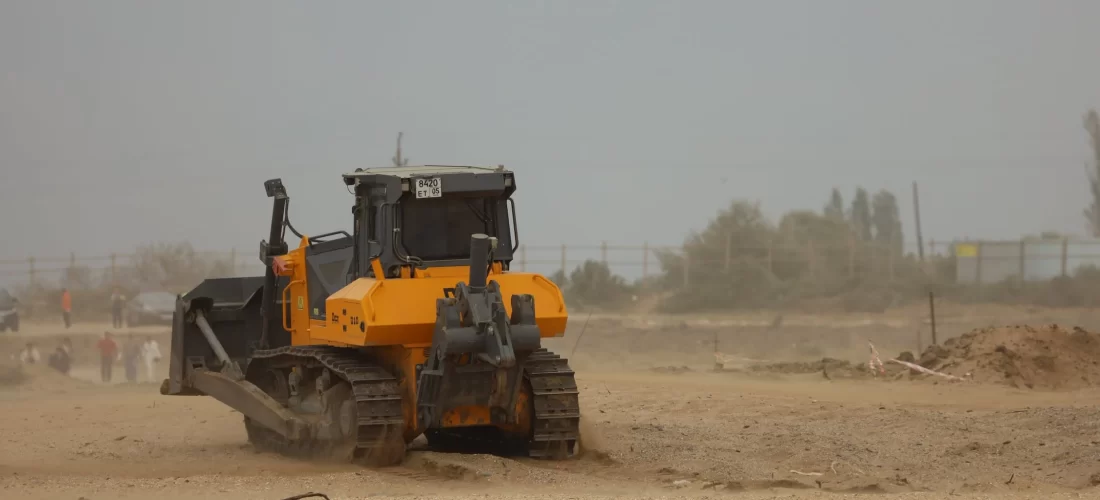
Introduction
Setting up a construction site is a complex and crucial task that lays the foundation for the success of a construction project. Whether it’s a residential development, commercial building, or infrastructure project, proper planning and execution during the setup phase are essential. In this blog article, we will provide a comprehensive guide on how to set up a construction site efficiently and safely.
Site Assessment and Planning: Before any physical setup begins, conduct a thorough site assessment. Evaluate the terrain, soil conditions, and environmental factors. Consider access points for construction equipment, availability of utilities, and potential safety hazards. Develop a detailed site plan that includes designated areas for construction activities, storage, and worker facilities.
Regulatory Compliance and Permits: Ensure compliance with local regulations and obtain all necessary permits before commencing any construction activities. This may include permits for zoning, environmental impact, and building codes. Failure to comply with regulations can lead to costly delays and legal issues.
Clear Communication Channels: Establish clear communication channels on the construction site. Implement a system for relaying important information, such as safety protocols, daily schedules, and emergency procedures. This can be achieved through regular meetings, digital communication tools, and clearly posted signage.
Safety First: Prioritize safety from the outset. Set up safety barriers, signage, and emergency exits. Provide personal protective equipment (PPE) to all workers and enforce its usage. Conduct safety training sessions and regularly update workers on best practices. A safe construction site is a productive construction site.
Temporary Facilities: Set up temporary facilities to accommodate the needs of the construction workforce. This includes site offices, restrooms, break areas, and first aid stations. Ensure that these facilities are strategically located for easy access and do not impede construction activities.
Equipment and Machinery: Coordinate the delivery and setup of construction equipment and machinery. This includes cranes, excavators, concrete mixers, and any specialized machinery required for the project. Regular maintenance and inspections are essential to prevent breakdowns and ensure smooth operations.
Material Storage and Handling: Plan for efficient material storage and handling. Designate specific areas for the delivery and storage of construction materials. Implement inventory control measures to prevent theft or loss. Proper material handling reduces the risk of accidents and damage to supplies.
Waste Management: Develop a waste management plan to handle construction debris responsibly. Set up designated areas for waste disposal and recycling. Ensure that workers are trained on proper waste disposal procedures to maintain a clean and environmentally friendly construction site.
Security Measures: Implement security measures to protect the construction site from unauthorized access and theft. This may include fencing, security personnel, surveillance cameras, and lighting. Adequate security measures contribute to the overall safety and integrity of the construction site.
Conclusion
Setting up a construction site requires meticulous planning, adherence to regulations, and a strong focus on safety. By following these comprehensive guidelines, construction professionals can establish a well-organized and secure site, laying the groundwork for a successful and efficient construction project.


